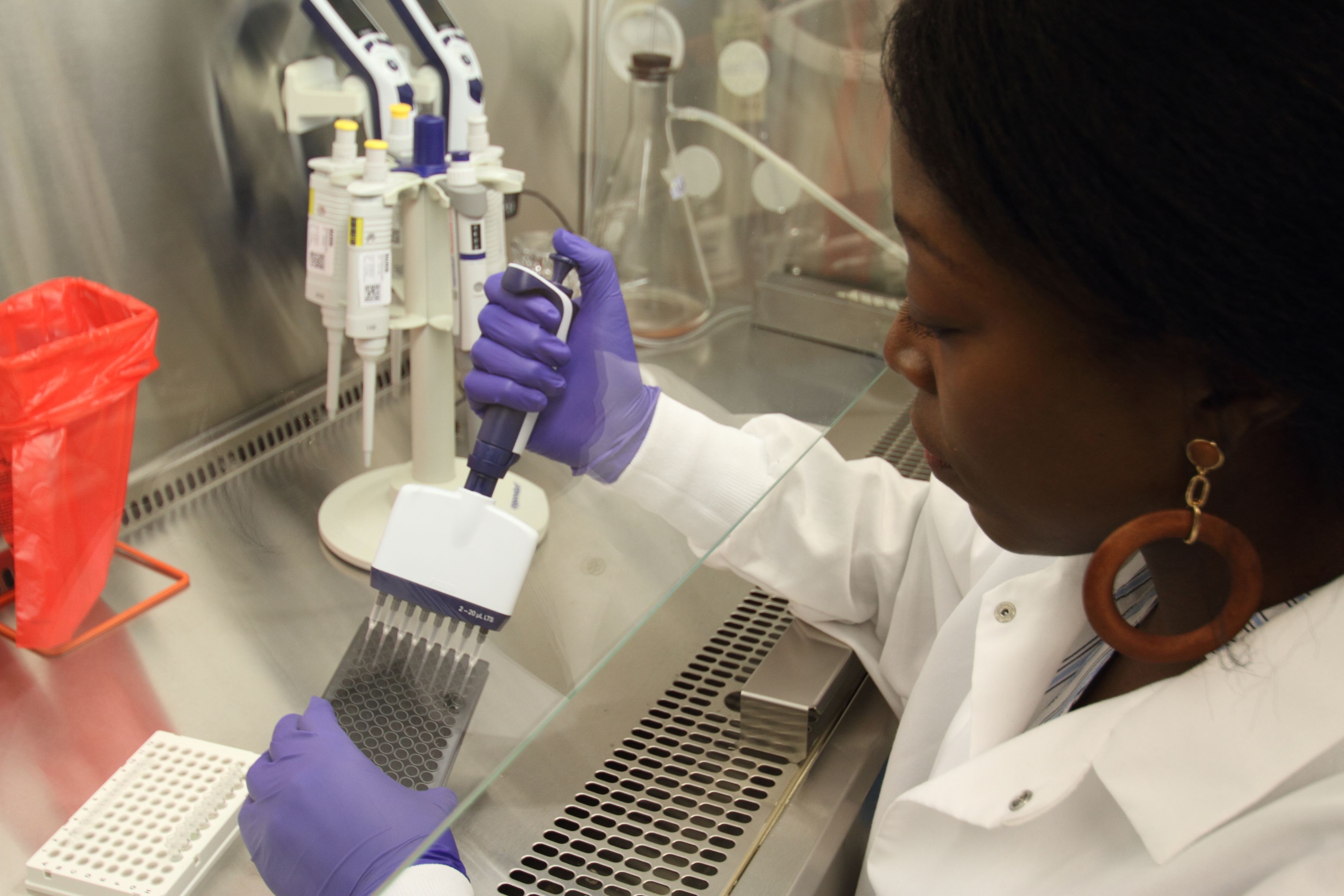Bight ’18 study shows how bioanalytical screening can be used to monitor sediment contamination

SCCWRP and its partners have completed a three-year effort to demonstrate how bioanalytical screening technology can be incorporated into the Southern California Bight 2018 Regional Monitoring Program to help track the ecological impacts of CECs in coastal sediment.
The study, described in the Bight ’18 Sediment Quality Executive Synthesis report published in March, involved screening Bight ’18 sediment samples using a trio of bioanalytical cell assays that SCCWRP has been working to adapt for routine environmental monitoring.
Researchers found that bioanalytical screening serves as a valuable additional line of evidence to assess chemical exposure and to detect chemicals not being routinely monitored.
Moreover, bioanalytical screening can be used to help explain why sediment toxicology analyses and targeted chemistry analyses sometimes conflict. Specifically, when toxicity analyses conclude that sediment is ecologically impacted by contamination but targeted chemistry analyses reach the opposite conclusion, the discrepancy has the potential to be explained by the bioanalytical screening results, as bioanalytical screening can detect additional contaminants not measured during traditional sediment chemistry analyses.
During the study, researchers subsequently used non-targeted chemical analysis to confirm the presence of other chemicals not being measured via targeted chemistry analysis, and to identify potential toxicants.
More news related to: Bioanalytical Cell Screening Assays, Emerging Contaminants, Regional Monitoring, Southern California Bight Regional Monitoring Program